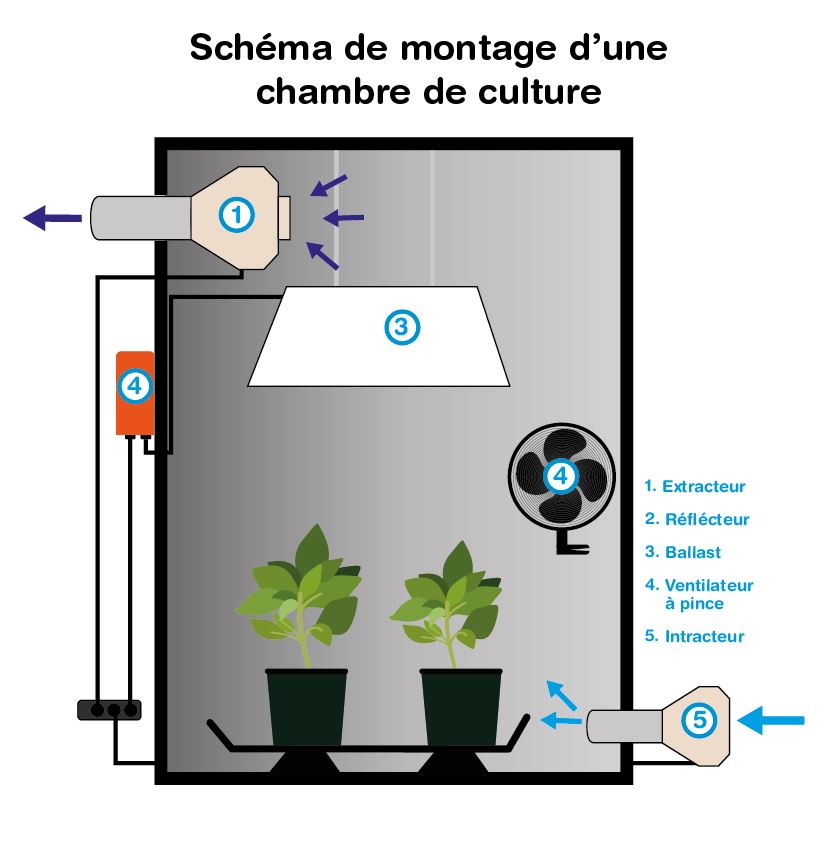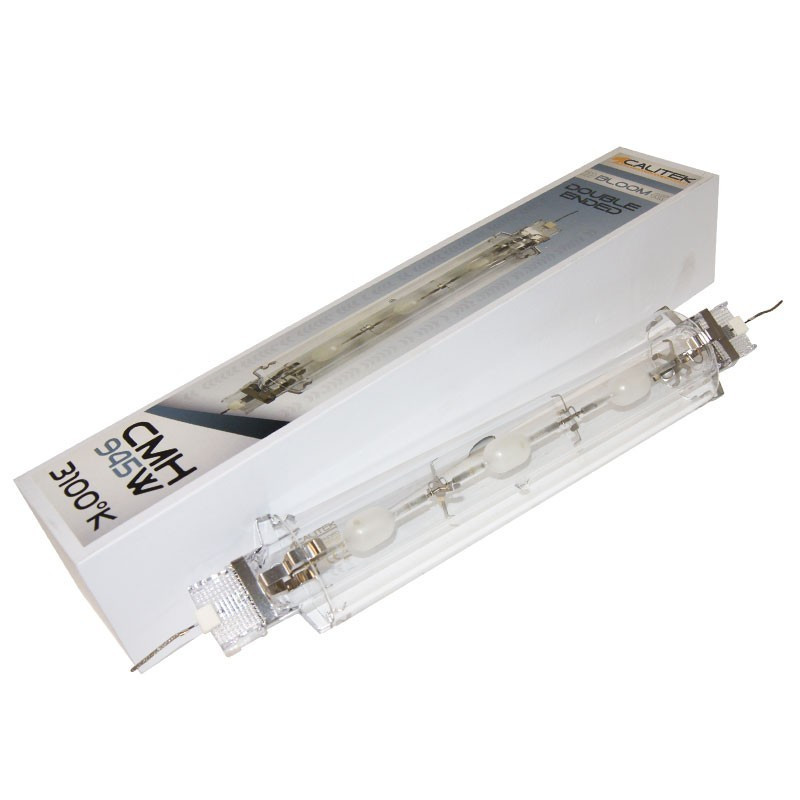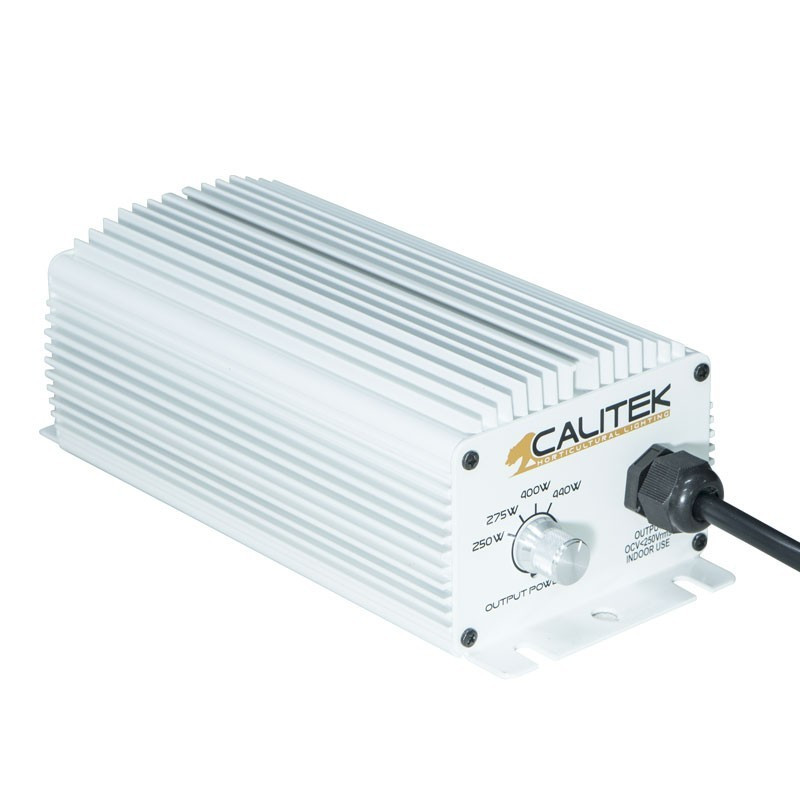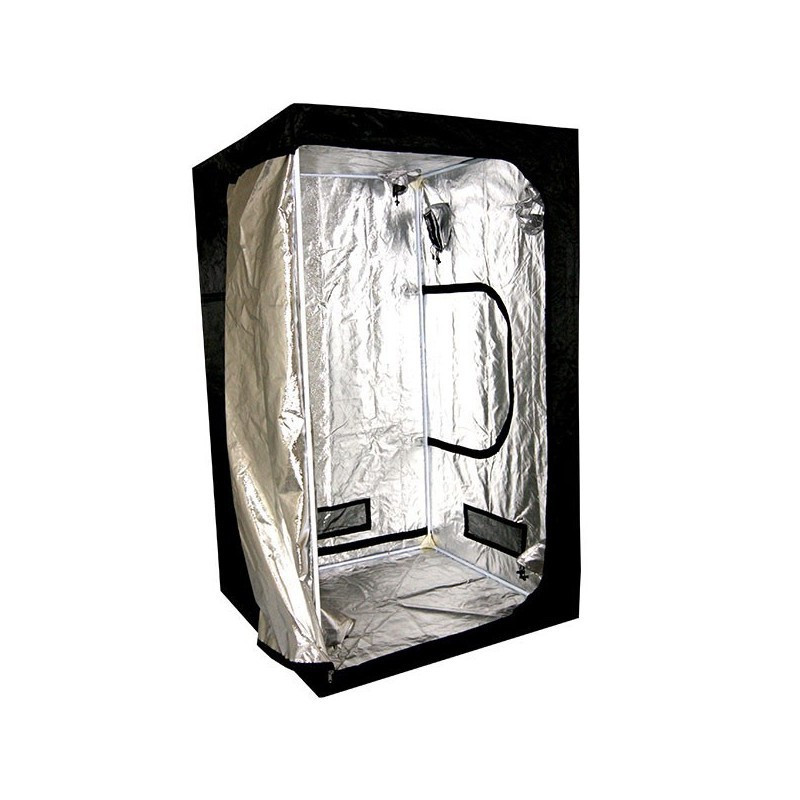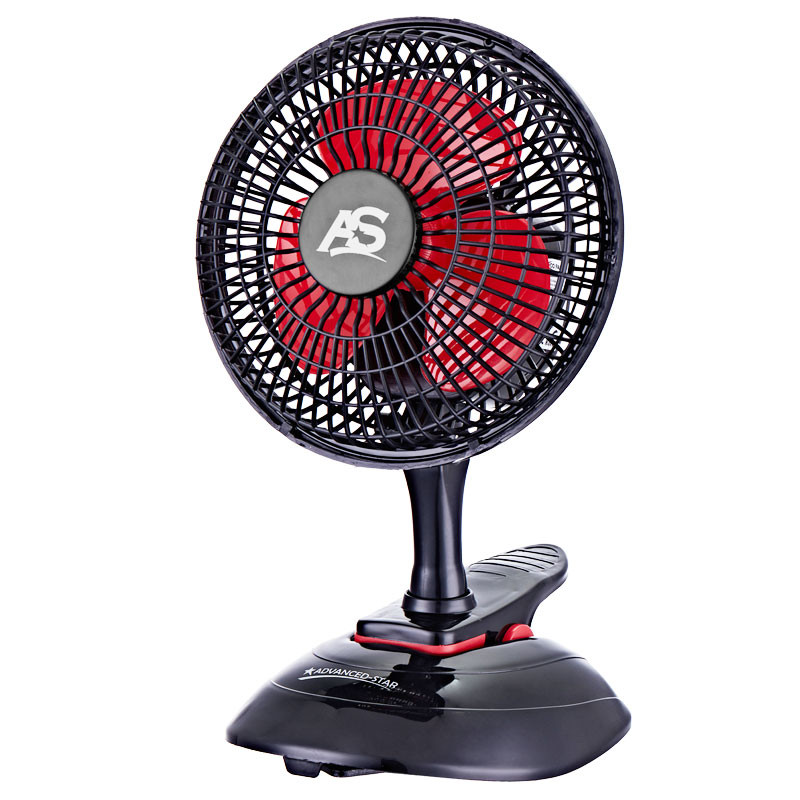https://www.indoordiscount.com/fr/212-systeme-de-table-a-mareePourto create your own garden or grow your own tomatoes, you have two choices.
First of all, the best-known and most common way is to grow in your own garden, outside. However, not everyone has an outdoor garden. We don't all live in houses.
Then there's the second choice:hydroponics, commonly known as indoor growing.
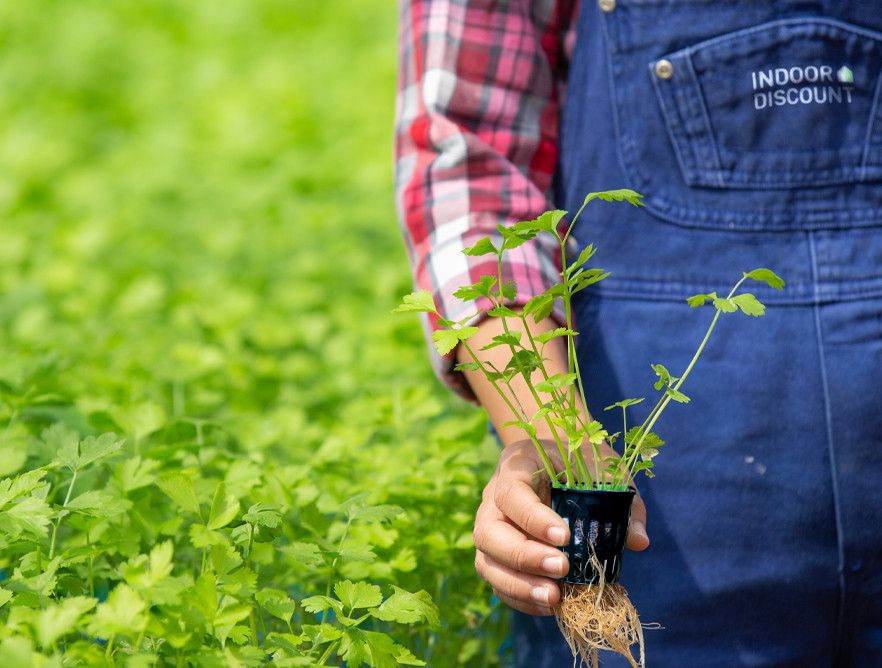
What is hydroculture?
This technical term probably doesn't mean much to you, buthydroponics is something we deal with on a daily basis, without even knowing it. Thanks to this gardening technique, we can eat fruit and vegetables every day: the horticultural industries that fill our supermarket shelves grow multitudes of these plant foods with maximum yield and economy. This gives us, the consumer, a wide choice to enjoy to our heart's content.
Imagine a plant in its natural state, blooming on the side of a cliff, right on the rock of a waterfall. This phenomenon has enabled us to discover that we can grow plants above ground, i.e. without soil, and with or without neutral or inert substrates: this is the principle ofhydroculture.
This way of gardening offers greater control over the plant's development: the grower sees the stem, leaves and flower, fruit or vegetable, but not only that. As they are more easily accessible and visible, they can also take care of the roots!
Another advantage ofhydroponics is that you can grow at home, in your own apartment, in a grow room!
The different practices of hydroculture
Indoor gardeners have two main options for growing plants at home, in one of their rooms:
- hydroponics: from the Greek terms "hydro" for "water," and "ponos" meaning "work."
- aeroponics: (an advanced form of hydroponics), which is the equivalent of indoor aerial cultivation.
Hydroponics:
In concrete terms,hydroponics is the "cultivation of terrestrial plants using nutrients, without the support of soil." In other words, the roots are immersed in a nutrient solution (most often a mixture of fertilizer and water) or grown in a nutrient-free substrate(coconut fibre, clay balls rock wool, perlitesetc.). Plants then thrive on "water work", optimizing their supply of nutrients and oxygen.
There are a number of different hydroponics techniques:
- open: the solution made with your fertilizer is not recycled, since it only passes through your hydroponic system once. This method requires a lot of water, which is economically and ecologically problematic for indoor growing;
- closed: the installed hydroponic system allows the nutrient solution to be reused "in a loop" More economical, ecological and better suited to indoor cultivation;
- active: in an open or closed system, the water continuously distributes what the plants need, passing from the reservoir to the substrate, then to the roots, by means of a water or air pump;
- passive: the stagnant liquid fertilizer mixture reaches the plant by capillary action. The plant grows in its substrate, above the reservoir. We do not recommend this practice, as it encourages the development of microorganisms that are harmful to the plant.
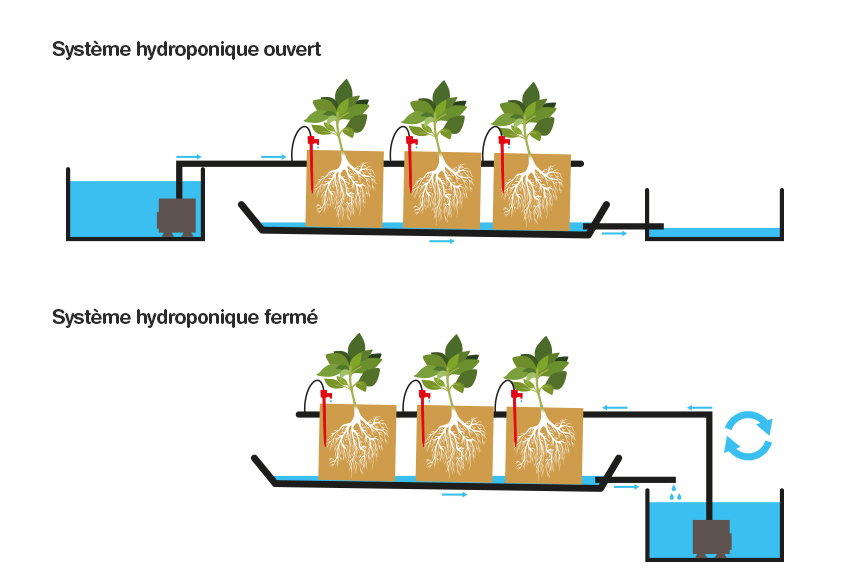
Aeroponic hydroponics:
This improved hydroponics method uses the same techniques, but requires more knowledge and a great deal of practice.
Plants are suspended in baskets filled with clay balls, for example. In this way, the roots are in the open air and grow immersed in a humid mist. This mist is created by misters that continuously spray the plants with water and nutrients. What's more,aeroponics enables the roots to absorb oxygen more efficiently.

What does indoor hydroponics look like?
Let's take a look at an example of a hydroponic system you can set up at home:
- The grow tent: to be placed in the corner of a temperate room. It will enclose and protect your indoor garden;
- The ventilation system: install fan(s), air extractors/intractors, ducts with accessories, and a charcoal filter for odors;
- Horticultural lighting: ballast(s) with appropriate lamp (s) according to germination/planting, growth or flowering phase. As well as the reflector/cooler that redirects and spreads the light from thebulb;
- Climate and lighting control tools;
- Plants and their containers: the most important elements;
Your hydro cultivation takes place in tanks that can be more or less voluminous, depending on the desired crop and available space. Once you've decided which hydroponic system to choose (a tidal table, an NFT system, a drip system or an aeroponic system), the installation of theirrigation system will take care of itself.
All you have to do is get started!

